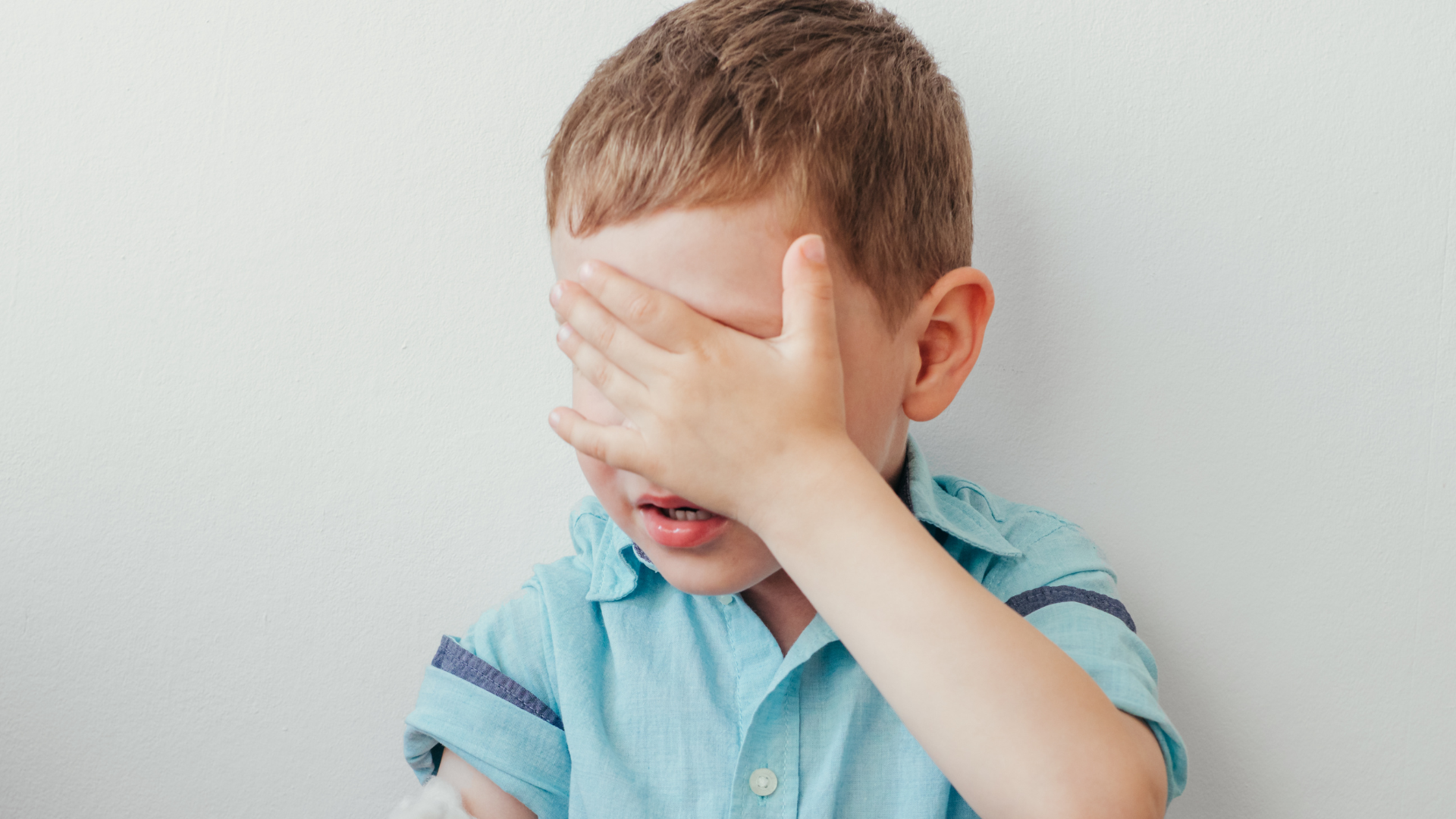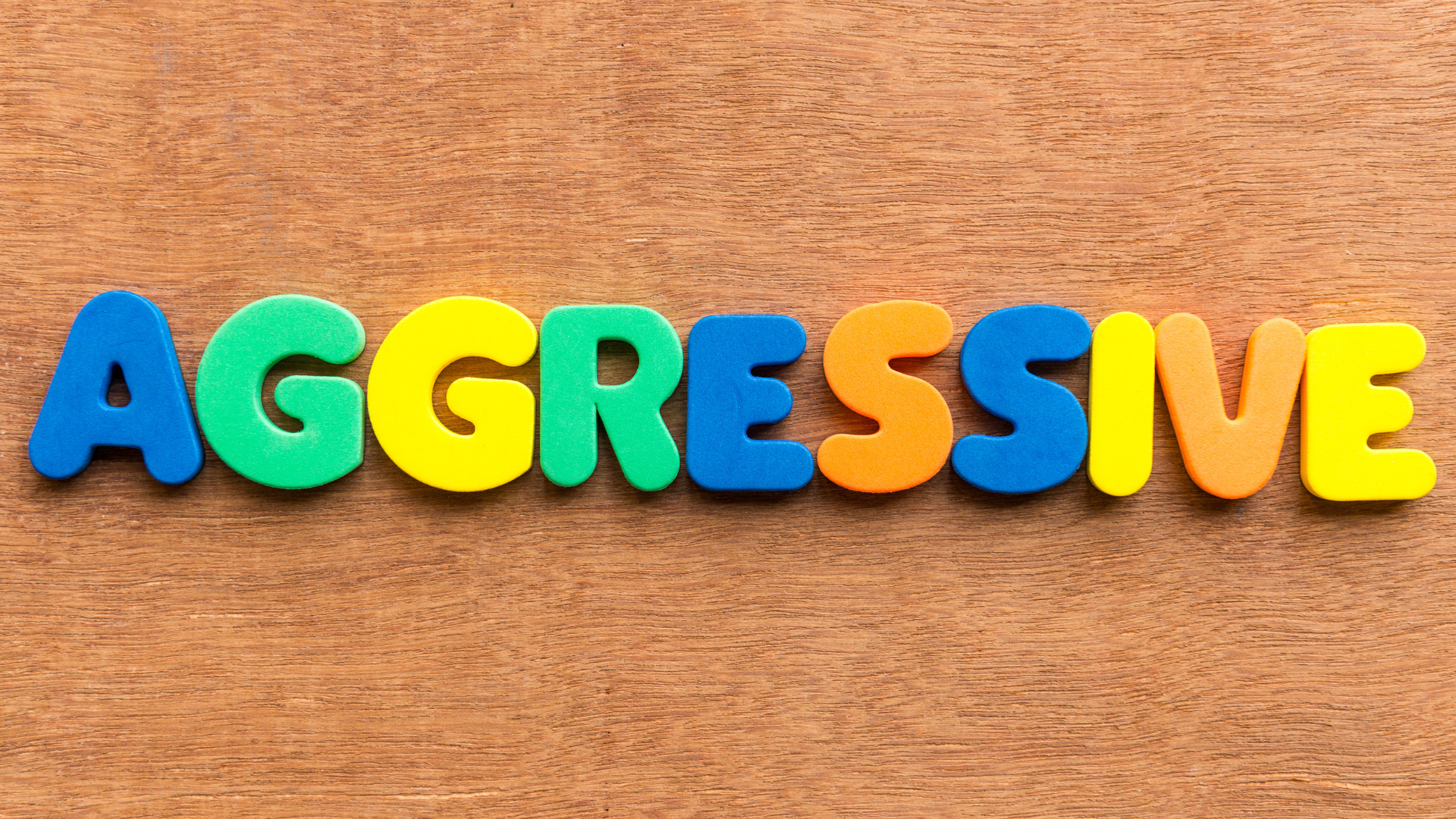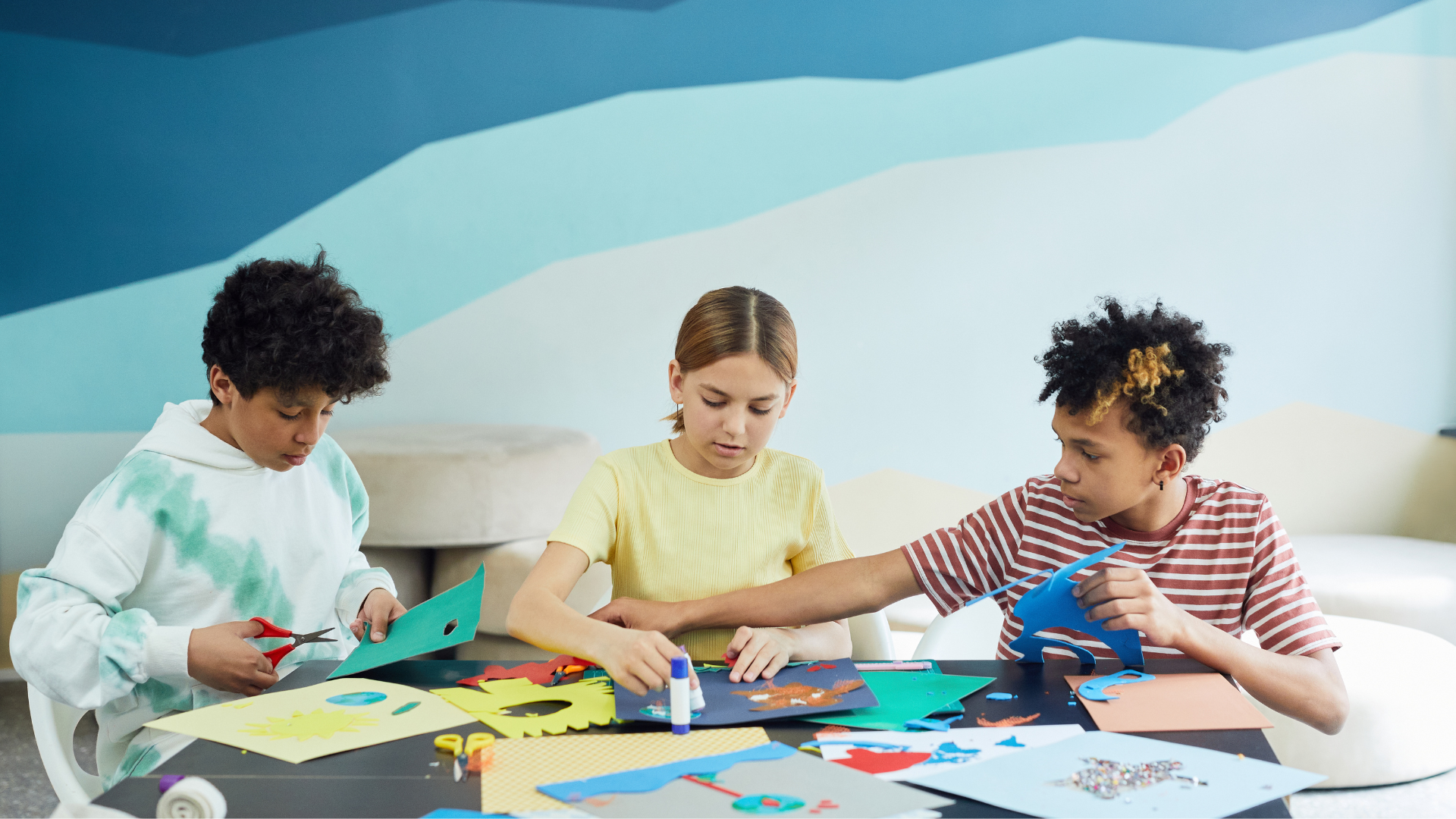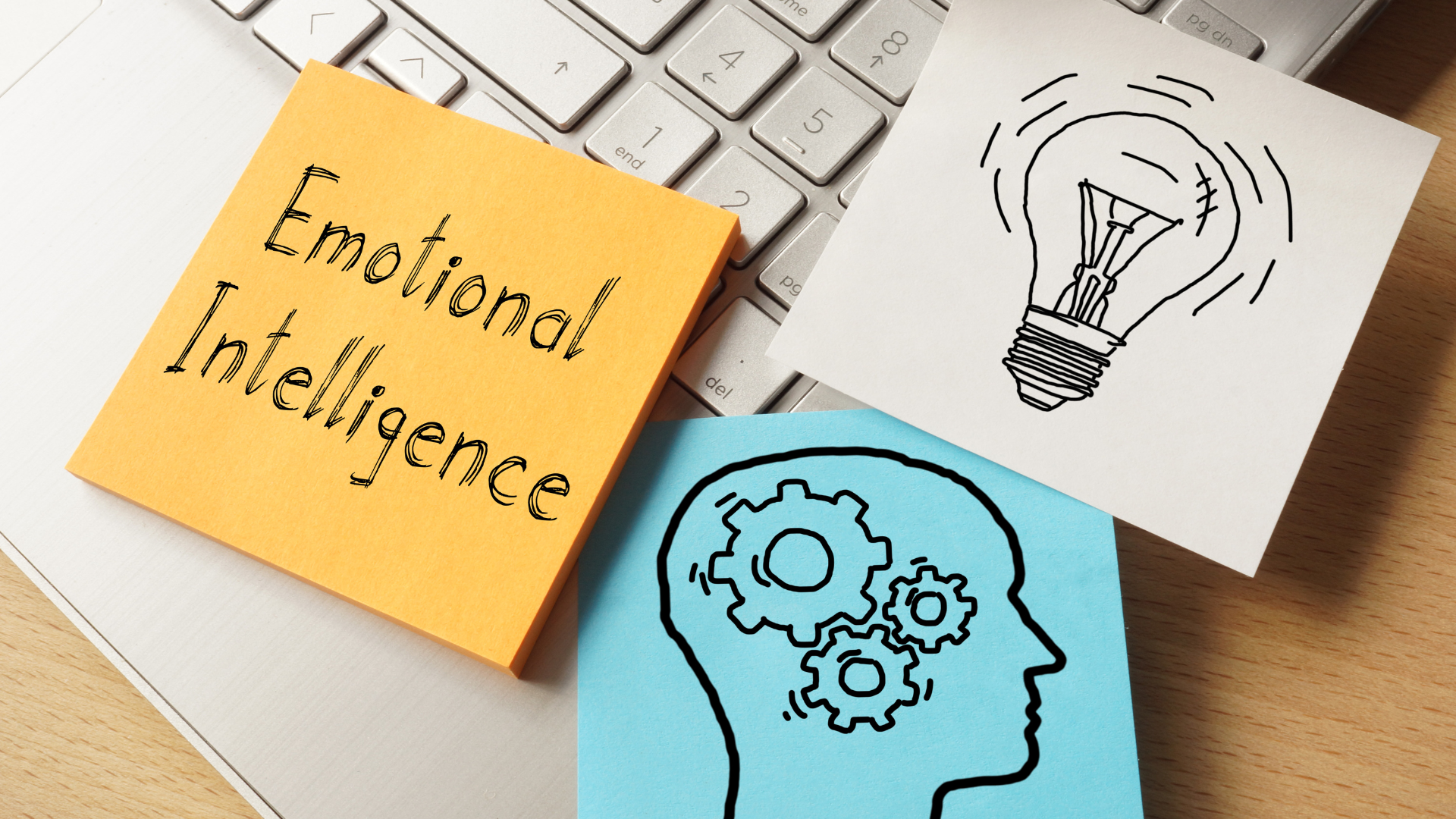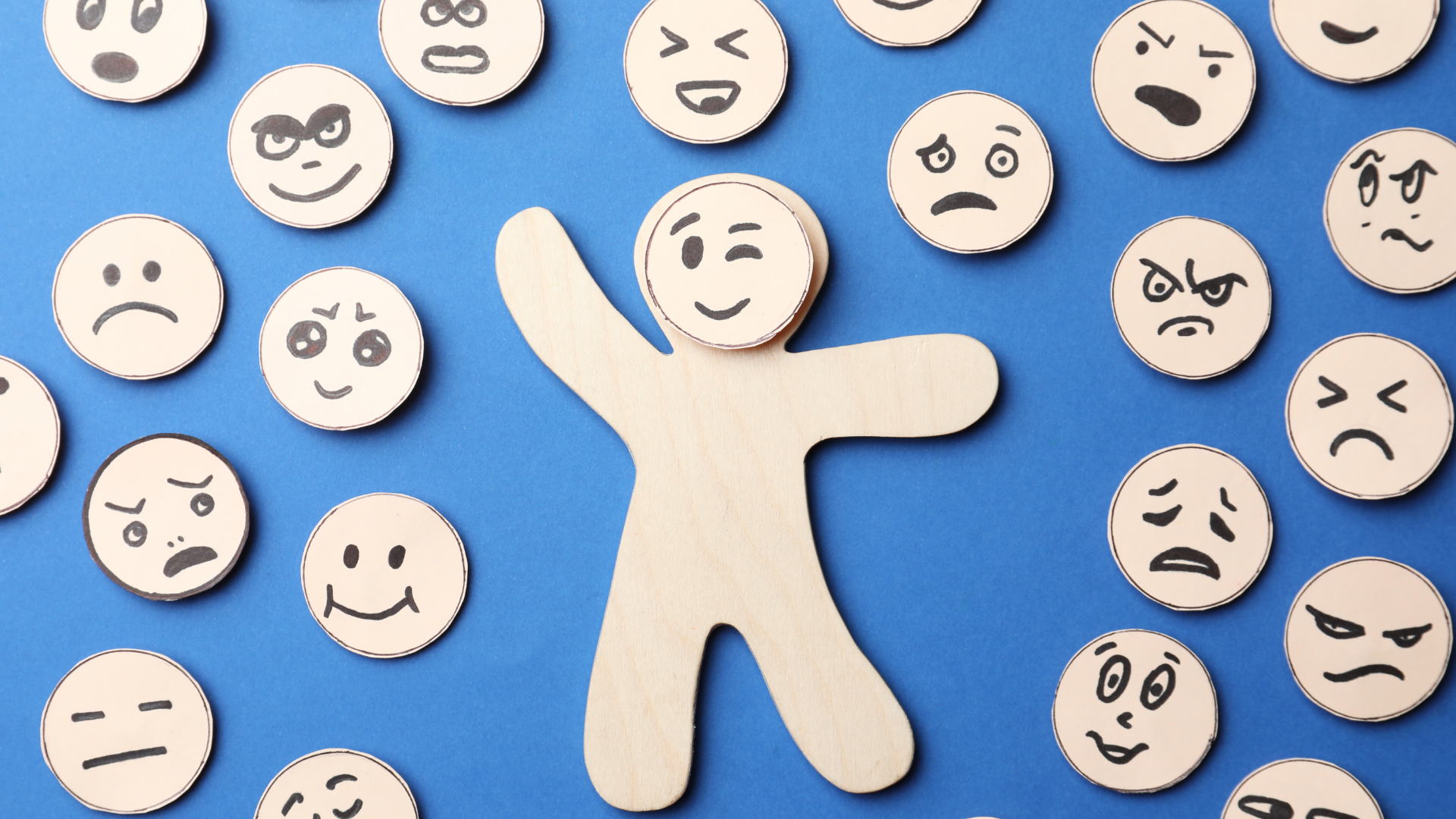Helping Kids Navigate Anger: A Guide for Parents

Anger is a natural and healthy emotion, but for children, it can often feel overwhelming and difficult to manage. Teaching kids how to handle anger constructively is one of the most valuable life skills a parent can provide. When children learn to recognize, understand, and manage their anger, they become better equipped to face challenges and build positive relationships.
Understanding Anger in Kids
Anger in children often arises from feelings of frustration, fear, or a sense of unfairness. It might stem from unmet expectations, difficulty expressing emotions, or changes in routine. While some children may lash out physically or verbally, others may internalize their anger, becoming withdrawn or anxious.
As caregivers, it’s essential to view anger not as a problem to be suppressed but as a signal to be understood. Helping children decode this emotion can transform anger from a destructive force into an opportunity for emotional growth.
Strategies to Help Kids Manage Anger Effectively
- Validate Their Feelings: Let children know it’s okay to feel angry. Say things like, "It’s normal to feel upset when something doesn’t go the way you want." Validation helps them feel heard and understood.
- Teach Emotional Awareness: Encourage kids to name their feelings. For example, ask, “Are you feeling mad, frustrated, or disappointed?” Naming emotions helps children gain control over them.
- Model Calmness: Children often mirror adult behaviour. When you stay calm during tense moments, you demonstrate how to handle anger constructively.
- Offer Healthy Outlets: Physical activities like running, jumping, or dancing can help release pent-up energy. Creative outlets like drawing, writing, or playing music can also channel emotions productively.
- Introduce Relaxation Techniques: Teach children simple calming techniques like deep breathing, counting to ten, or visualization exercises to help them pause before reacting.
- Set Boundaries: While it’s important to accept anger as a valid emotion, it’s equally important to set limits on harmful behaviour. Explain that feelings are okay, but actions like hitting or yelling are not.
- Problem-Solve Together: Once the child has calmed down, discuss what caused their anger and brainstorm solutions. This approach helps them feel empowered and teaches valuable problem-solving skills.
Creating a Safe Emotional Environment
Children thrive in environments where their emotions are acknowledged and supported. Foster open communication, ensuring they know they can talk about their feelings without fear of judgment or punishment. Encourage empathy by helping them understand how their actions affect others.
Building these skills doesn’t happen overnight, but with consistent guidance, children can learn to regulate their anger and respond to challenges with resilience and self-control.
Teaching children to manage anger and other challenging emotions is not always easy, but you don’t have to do it alone. The EQ4Kids Programme offers expert support and practical tools to help kids develop emotional intelligence and self-regulation skills. Equip your child with the ability to navigate their emotions confidently and create a brighter, calmer future for them.
Share Post
Complete the following form if you require more info about EQ4kids or want to enroll your child at your nearest Franchise.
Blog Enquiry
